3,257cc DOHC Supercharged 8-Cylinder Engine
Stromberg Carburetor and Roots-type Supercharger
200bhp at 4,500rpm
4-Speed Manual Transmission
Low-slung Leaf Spring Suspension
4-Wheel Hydraulic Drum Brakes
*Original New York Delivery
*Concours, Award-Winning Restoration
*One-off Vanden Plas Sports Tourer coachwork
*Original Coachwork and Fully Numbers Matching
*A collector car that ticks all the boxes
THE BUGATTI TYPE 57
"The car sped along at 80 mph with the comfort and quietness one associates with the Type 57... We were quite willing to believe that Jean Bugatti has achieved the 435 kilometers to Paris in just under 3½ hours in the Type 57 - an average of 77mph..." - Motor Sport, May 1939, writing about the normally aspirated Bugatti Type 57.
Introduced in 1934, the Type 57 marked Jean Bugatti's emergence as Bugatti's leader and creative driving force. It was the first new model built under his direction and it incorporated many features new to Bugatti. Its dual overhead camshaft eight-cylinder engine had dimensions of 72x100mm, offering 3,257cc displacement, with a five main bearing crankshaft. The camshafts were driven by a train of helical-tooth gears at the engine's rear with a further crankshaft bearing behind them. Finger cam followers minimized side thrust on the valve stems. The Type 57 also marked Bugatti's first use of a transmission fixed to the engine crankcase and a single plate clutch. The top three gears in the four-speed gearbox were constant mesh. A proper Bugatti hollow tube live front axle was suspended by semi-elliptical front and reversed quarter-elliptical rear leaf springs with cable-operated mechanical drum brakes.
Despite financial problems, development of the Type 57 continued with the introduction of a stiffened frame and rubber-mounted engine, along with the supercharged Type 57C model in 1936. Driven by the camshaft drive at the rear of the engine, the Roots-type supercharger ran at 1.17 times engine speed. This provided a 5-6 psi boost and a healthy 160 bhp which made close to 120 mph possible. The Type 57 in all its forms attracted discerning owners who were only satisfied with the best, among them land speed record holder Sir Malcolm Campbell, who wrote: "If I was asked to give my opinion as to the best all-round super-sports car which is available on the market today, I should, without any hesitation whatever, say it was the 3.3 Bugatti... it cannot fail to attract the connoisseur or those who know how to handle the thoroughbred. It is a car in a class by itself."
THE TYPE 57S AND SC
Bugatti's line of "super sport" competition road models began with the superb Type 43 that was replaced by the legendary T55 and the concept would reach its zenith with Type 57S, where the S stood for surbaissé, or lowered – virtually a Grand Prix car in touring car guise. Offered as a competition sports car it was intended for use in events like the 24hrs of Le Mans - at which Bugatti would score two victories with the 57S based "tanks". Although the 57S shared a few features with its progenitor, the differences between the two models placed the 57S in a league of its own. The lowered stance required fitting a special crankcase with dry sump lubrication derived from the T59 GP car, including separate scavenge and pressure oil pumps supplied from a 20 liter tank. High compression pistons, and special cam shafts gave the new engine a significant performance edge, and the clutch a dual plate unit to cope with the extra output. Ignition was by a Scintilla Vertex magneto driven from the left-hand camshaft. With its low weight, abundant power and small frontal area, the 57S had suddenly become a very, very fast automobile.
However, the fundamental difference between the 57S and the standard Type 57 lay in the low-slung frame design with its shorter wheelbase - identical length to the t43 and T55 it replaced. The special frame sees the rear axle passed through the frame, while the hollow, split front axle with de Ram shock absorbers provided damping cleverly engineered to increase with speed. The resulting car was so low in fact that the standard exhaust tube and silencer would not clear the ground and the exhaust had to be divided among six individual small tubes with a thin box silencer. This new low chassis and the distinctive 57S vee-shaped radiator was a gift to the stylist, and the Jean Bugatti influenced Atalante Coupé styling that was fitted to 17 of the 57S chassis, blended impeccably with the sculpted radiator design. Production was very limited. A mere 48 Type 57S chassis were built until the outbreak of hostilities. Two of these were 57SC models, fitted with a supercharger by the factory to create the ultimate-specification 200 bhp prewar French supercar. Along with the legendary Alfa-Romeo 8C 2900, the Type 57SC was quite simply the fastest road car in the world. With these extraordinary credentials, it is little wonder then that the 57S has been held in awe across the decades by collectors and enthusiasts alike, right up to the present day.
Even rarer than the Type 57S chassis that were bodied with Bugatti factory designs built by Gangloff in Colmar, were the very few that were handed over to outside coachbuilders. The car offered here is one of these ultimately rare cars. The Carrosserie Van den Plas was incorporated in Brussels in 1898. Automobile body manufacture commenced in 1900, and the company grew quickly. From about 1906, Metallurgique cars with Van den Plas bodies were imported into England by a company called Warwick Wright, which acquired the license to manufacture Van den Plas bodies and designs for the United Kingdom in 1910. In 1913, Vanden Plas (in two words) Ltd. was incorporated which then became a coachbuilding company in its own right.
The two companies led separate lives but co-existed peacefully over the years. From 1924 to 1931, the English Vanden Plas company became famous for its rakish bodies on W.O. Bentley chassis, of which about 700 were built. With its reputation for quality coachwork well-established, Vanden Plas also bodied a number of Alvis, Armstrong Siddeley, Bentley, Daimler, Lagonda, and Rolls-Royce chassis in the 1930s. Vanden Plas bodied a total of two Type 57S chassis, namely the subject car and chassis 57572 which was given two-seater cabriolet coachwork in the autumn of 1937.
THE MOTORCAR OFFERED
The history of 57541 described here relies on the work of Bugatti expert Pierre-Yves Laugier, as well as on that of Bernhard Simon and Julius Kruta. All three have published chassis-by-chassis accounts of the Type 57S, which have been used.
Factory records indicate 57541 was ordered by Colonel Sorel, the London agent on Brixton Road. The chassis was sent to Vanden Plas and given a four-seat touring-roadster body no. 3595. Painted gray with red accents, the cost of this exquisite bolide was £275. Interestingly the Vanden Plan records state the coachwork as being ordered by Ettore Bugatti Bodied in the classic minimalistic British style with sporting cut-down doors, 57541 resembles the Vanden Plas 4 1/4-liter Bentley Tourer body no. 3340 delivered to Malcolm Campbell in April 1936, as well as the 4.3-liter short chassis Alvis body no. 3588 built in 1937. Historically and stylistically, these three bodies can trace their lineage directly back to the great Vanden Plas-bodied W.O. Bentleys from the late 1920s. In this period a body with four-seats was mandatory for events like the 24 hours of Le Mans and the most minimal, light weight seat was fitted to this sports tourer. It has the clever feature of being hinged and of light alloy construction to allow instant access to the rear brakes, axles and batteries. Colonel Sorel must have been justifiably happy with the result, as 57541 was pictured in the company's 1937-1938 catalog.
George Rand and Samuel Collier, US Bugatti importers had 57541 shipped to New York where it is likely that it was used at the A.R.C.A. races on September 25, 1937. Period images exist of the car taken at the Roosevelt Raceway race in New York without the fender skirts it was fitted with initially. Rand was unable to find a buyer for the car, and it was shipped back to England and shown on the Bugatti stand at the London Motor Show held at the Olympia from October 13 to 22, 1938. On November 3, 1938, it was registered with the number FGW 384. The first English owner remains unknown. It is likely that 57541 remained in England, but according to Pierre-Yves Laugier, it is possible that by the end of 1938, 57541 was in the ownership of Herman H. Harjes, Jr., director of the Harjes and Morgan Bank on the Place Vendôme in Paris.
57541 vanished from sight during the hostilities, but towards the end of the war, it appeared for sale at the Continental Cars garage which was owned by Rodney Clarke, and it is likely that it was given registration number DXP 970 in 1947. That same year, the car had no less than three owners, namely Rodney Clarke, Brian Finglass, and Sir Alfred McAlpine, all of whom were managers of Continental Cars. Using Jack Bartlett as intermediary, they sold 57541 to Jack Robinson, who exported it to Trinidad, where it was registered as PB 371. According to Pierre-Yves Laugier, Robinson stated in a 1952 issue of Bugantics that when he bought the car through Bartlett, it was equipped with a Type 35B 3-blade racing supercharger. Robinson also noted that major work had been done to the car including fitting a new crankshaft, crankcase, cylinder block, pistons and connecting rods. In 1952, the car was completely overhauled, but its original gray color was kept. As Laugier succinctly states, "After its restoration, Robinson made the XK120 Jaguars pay dearly at the Trinidad Aerodrome, where he reached speeds of more than 180 km/h."
Robinson kept 57541 for more than thirty years and sold it to Peter Agg in 1985, with Leonard Potter possibly acting as middleman. Via his Trojan company, Agg undertook a complete restoration of the car. The engine was given to Crosthwaite and Gardner, who replaced the 35B supercharger with a correct Type 57 unit, thereby bringing 57541 up to factory correct 57SC specification. Hydraulic brakes were fitted and the car was repainted in the light metallic blue color that it wears today. Agg took great joy in using 57541, and he was regularly seen participating at the Prescott hill climbs and various circuits. In 1995, the car was sold to its previous owner, who retained it for the over 20 years. In 2016 57541 finally entered the ownership of a collector prepared to bring it back to its original glory.
THE RESTORATION OF 57541
As purchased and carefully reviewed, 57541 was a very proper and correct car that had suffered from an insensitive 1980s restoration. The goal was to reverse this work and make the originality front and center with a heavily researched and sensitive refurbishment appropriate to a car of its stature. Many of these valuable Type 57S cars have been thoroughly restored and much of the original "hands of the makers" are erased it in an effort for artificial perfection.
The philosophical guidelines for the restoration were:
Bring the car back to its original delivery configuration, with original crank case.
Bring the wonderful subtlety back to the body work that had been lost through poor repairs.
Use all the original body metal, replace only the smallest damaged areas if necessary.
Use original materials and techniques particularly period pant and fabrics.
Locate original Molshiem hardware to replace any modern fasteners and hardware.
Paint the car its original colors in nitrocellulose lacquer paint.
Leave any factory hand work and tooling marks visible.
Use cotton-based material as original for canvas parts.
Do not embellish anything - it should be as good but no better than it left the factory.
Use all original engine turned surfaces and polish only what the factory polished (engine block in particular).
Have the car be fully usable for any rally event and be in unmodified factory form.
The project was lead and managed by Evan Ide's Historic Vehicle Services who handled the metal work, mechanicals and assembly. F40 Motorsports prepped the metal work, painted the nitrocellulose paint and did all final sanding and polishing. Interior Motives handled the upholstery and trimming and Holman Engineering was used for engine assembly and testing.
A tremendous amount of research was done to find out exactly how this car was configured as new and every effort was made to get the smallest detail correct. The bodywork, despite a clean, simple appearance has wonderful complexity in the details. In particular, features such as the stunning fenders that through years of minor parking damage and old repairs had their beauty compromised, were returned to their original lines. A large effort was made rebuilding the edges of the fenders to bring back these wonderful styling dhetails that visually lower the car and give it a feeling of motion. The backs of the rear fenders - a vulnerable spot when backing up were nearly 4" higher than when the car was built. The car also received the correct wheel spats and the proper disc-wheel covers it had when new.
Mechanically, the work extended as far as the huge task of ensuring that nearly all the hardware used was original factory hardware. Unlike most manufacturers of the day Bugatti designed and manufactured his own unique fasteners. It was essential that only this original Bugatti hardware be used one such an important car. The philosophy of no reproduction parts extends even to the iron cylinder block which is the original to the car - very rarely seen.
The top material was specially made in a cotton-based material so it would have the proper black color not the dark synthetic color of modern acrylics typically used. The goal was for the material to begin to fade and weather like the original over time. The foot boxes were fitted out with the proper rubber mats and exposed sides revealing the factory hand tooling marks. These floor boxes nestle alongside the fully exposed transmission - weight saving was paramount to this design.
The original crankcase was reunited with the original engine components. Every piece was found to be the original numbered Molshiem components and were reassembled. The engine was in excellent condition and consumable parts were renewed as needed. Extensive time was spent hand scraping the main babbit bearings until the crank would keep spinning on its own after a light a swing by hand. The final product is a strong and punchy engine with excellent low-down torque and smoothness. The original multi-tube exhaust system was rebuilt to preserve the proper growl, a notable characteristic of these cars.
When finished, the reaction was that this Bugatti was as close to the factory delivered article as could be achieved. A cursory inspection quickly provides the feeling that the car has a wonderful authentic appearance, something not possible in a more conventional restoration. The other goal of the restoration was for the car to be able to age gracefully like the original, which has been achieved by using the nitrocellulose, rather than thick modern plastic-based paints, so that the paint finish will age softly and not develop the thick cracking that can occur with modern products.
Also, when it comes to road performance, such an important aspect of these cars, with no modifications mechanically it drives like it should - an absolute beast of a car but with beautifully direct and light handling. With nearly 200hp and only a little over 2000lbs of car it gives up nothing to its most potent contemporaries.
SUMMARY
Since 57541 has received numerous awards at Pebble Beach, Amelia Island, Audrain Newport Concours, and a recipient of Best Restoration at the Villa D'Este Concours d'Elegance. And, it is certainly no 'trailer queen' the 57S has spent many miles of on the road unleashing its thrilling performance
Remarkably, 57541 has a virtually unbroken chain of protective owners who have taken extremely good care of this automotive jewel since it left the factory. Factor in the unbeatable combination of its unique coachbuilt body and genuine 1930s supercar underpinnings, and the result is truly a heady cocktail. The Bugatti Type 57S embodies the highest standards in road holding, engineering refinement and maximum performance in a prewar car. It also displays a sheer mechanical elegance that is the very pinnacle of mid-1930s aesthetic finesse - one can lose oneself just contemplating the gorgeous engine compartment!
The Type 57S ticks every box – it is in many ways the ultimate pre-war supercar, and in SC form, certainly faster than virtually anything else on the road at the time. The production run of the 57S was brief as manufacturing costs were high, and a devastating war intervened. The full production and current ownership record is summarized by Bernhard Simon and Julius Kruta in their reference work on the model. The list represents a stunning statement of the importance and exceptional esteem that collectors have held these cars in almost from new. When such things were still possible the Schlumpf brothers cleverly snapped up no fewer than 9 of them, precluding 20% of the production from changing hands again. Trend setting collector Ralph Lauren is one who can count 2 in his definitive stable, the majestic Atlantic Coupe as well as a convertible for example. As one analyzes this list today the potential to secure one, let alone an open car becomes so much more daunting, given that so many are now in long term ownerships or Institutional collections.
Rarest of the rare, 57541 represents a potentially generational opportunity for an enlightened collector to acquire one of the greatest classic cars in the world.
3,257cc DOHC Supercharged 8-Cylinder Engine
Stromberg Carburetor and Roots-type Supercharger
200bhp at 4,500rpm
4-Speed Manual Transmission
Low-slung Leaf Spring Suspension
4-Wheel Hydraulic Drum Brakes
*Original New York Delivery
*Concours, Award-Winning Restoration
*One-off Vanden Plas Sports Tourer coachwork
*Original Coachwork and Fully Numbers Matching
*A collector car that ticks all the boxes
THE BUGATTI TYPE 57
"The car sped along at 80 mph with the comfort and quietness one associates with the Type 57... We were quite willing to believe that Jean Bugatti has achieved the 435 kilometers to Paris in just under 3½ hours in the Type 57 - an average of 77mph..." - Motor Sport, May 1939, writing about the normally aspirated Bugatti Type 57.
Introduced in 1934, the Type 57 marked Jean Bugatti's emergence as Bugatti's leader and creative driving force. It was the first new model built under his direction and it incorporated many features new to Bugatti. Its dual overhead camshaft eight-cylinder engine had dimensions of 72x100mm, offering 3,257cc displacement, with a five main bearing crankshaft. The camshafts were driven by a train of helical-tooth gears at the engine's rear with a further crankshaft bearing behind them. Finger cam followers minimized side thrust on the valve stems. The Type 57 also marked Bugatti's first use of a transmission fixed to the engine crankcase and a single plate clutch. The top three gears in the four-speed gearbox were constant mesh. A proper Bugatti hollow tube live front axle was suspended by semi-elliptical front and reversed quarter-elliptical rear leaf springs with cable-operated mechanical drum brakes.
Despite financial problems, development of the Type 57 continued with the introduction of a stiffened frame and rubber-mounted engine, along with the supercharged Type 57C model in 1936. Driven by the camshaft drive at the rear of the engine, the Roots-type supercharger ran at 1.17 times engine speed. This provided a 5-6 psi boost and a healthy 160 bhp which made close to 120 mph possible. The Type 57 in all its forms attracted discerning owners who were only satisfied with the best, among them land speed record holder Sir Malcolm Campbell, who wrote: "If I was asked to give my opinion as to the best all-round super-sports car which is available on the market today, I should, without any hesitation whatever, say it was the 3.3 Bugatti... it cannot fail to attract the connoisseur or those who know how to handle the thoroughbred. It is a car in a class by itself."
THE TYPE 57S AND SC
Bugatti's line of "super sport" competition road models began with the superb Type 43 that was replaced by the legendary T55 and the concept would reach its zenith with Type 57S, where the S stood for surbaissé, or lowered – virtually a Grand Prix car in touring car guise. Offered as a competition sports car it was intended for use in events like the 24hrs of Le Mans - at which Bugatti would score two victories with the 57S based "tanks". Although the 57S shared a few features with its progenitor, the differences between the two models placed the 57S in a league of its own. The lowered stance required fitting a special crankcase with dry sump lubrication derived from the T59 GP car, including separate scavenge and pressure oil pumps supplied from a 20 liter tank. High compression pistons, and special cam shafts gave the new engine a significant performance edge, and the clutch a dual plate unit to cope with the extra output. Ignition was by a Scintilla Vertex magneto driven from the left-hand camshaft. With its low weight, abundant power and small frontal area, the 57S had suddenly become a very, very fast automobile.
However, the fundamental difference between the 57S and the standard Type 57 lay in the low-slung frame design with its shorter wheelbase - identical length to the t43 and T55 it replaced. The special frame sees the rear axle passed through the frame, while the hollow, split front axle with de Ram shock absorbers provided damping cleverly engineered to increase with speed. The resulting car was so low in fact that the standard exhaust tube and silencer would not clear the ground and the exhaust had to be divided among six individual small tubes with a thin box silencer. This new low chassis and the distinctive 57S vee-shaped radiator was a gift to the stylist, and the Jean Bugatti influenced Atalante Coupé styling that was fitted to 17 of the 57S chassis, blended impeccably with the sculpted radiator design. Production was very limited. A mere 48 Type 57S chassis were built until the outbreak of hostilities. Two of these were 57SC models, fitted with a supercharger by the factory to create the ultimate-specification 200 bhp prewar French supercar. Along with the legendary Alfa-Romeo 8C 2900, the Type 57SC was quite simply the fastest road car in the world. With these extraordinary credentials, it is little wonder then that the 57S has been held in awe across the decades by collectors and enthusiasts alike, right up to the present day.
Even rarer than the Type 57S chassis that were bodied with Bugatti factory designs built by Gangloff in Colmar, were the very few that were handed over to outside coachbuilders. The car offered here is one of these ultimately rare cars. The Carrosserie Van den Plas was incorporated in Brussels in 1898. Automobile body manufacture commenced in 1900, and the company grew quickly. From about 1906, Metallurgique cars with Van den Plas bodies were imported into England by a company called Warwick Wright, which acquired the license to manufacture Van den Plas bodies and designs for the United Kingdom in 1910. In 1913, Vanden Plas (in two words) Ltd. was incorporated which then became a coachbuilding company in its own right.
The two companies led separate lives but co-existed peacefully over the years. From 1924 to 1931, the English Vanden Plas company became famous for its rakish bodies on W.O. Bentley chassis, of which about 700 were built. With its reputation for quality coachwork well-established, Vanden Plas also bodied a number of Alvis, Armstrong Siddeley, Bentley, Daimler, Lagonda, and Rolls-Royce chassis in the 1930s. Vanden Plas bodied a total of two Type 57S chassis, namely the subject car and chassis 57572 which was given two-seater cabriolet coachwork in the autumn of 1937.
THE MOTORCAR OFFERED
The history of 57541 described here relies on the work of Bugatti expert Pierre-Yves Laugier, as well as on that of Bernhard Simon and Julius Kruta. All three have published chassis-by-chassis accounts of the Type 57S, which have been used.
Factory records indicate 57541 was ordered by Colonel Sorel, the London agent on Brixton Road. The chassis was sent to Vanden Plas and given a four-seat touring-roadster body no. 3595. Painted gray with red accents, the cost of this exquisite bolide was £275. Interestingly the Vanden Plan records state the coachwork as being ordered by Ettore Bugatti Bodied in the classic minimalistic British style with sporting cut-down doors, 57541 resembles the Vanden Plas 4 1/4-liter Bentley Tourer body no. 3340 delivered to Malcolm Campbell in April 1936, as well as the 4.3-liter short chassis Alvis body no. 3588 built in 1937. Historically and stylistically, these three bodies can trace their lineage directly back to the great Vanden Plas-bodied W.O. Bentleys from the late 1920s. In this period a body with four-seats was mandatory for events like the 24 hours of Le Mans and the most minimal, light weight seat was fitted to this sports tourer. It has the clever feature of being hinged and of light alloy construction to allow instant access to the rear brakes, axles and batteries. Colonel Sorel must have been justifiably happy with the result, as 57541 was pictured in the company's 1937-1938 catalog.
George Rand and Samuel Collier, US Bugatti importers had 57541 shipped to New York where it is likely that it was used at the A.R.C.A. races on September 25, 1937. Period images exist of the car taken at the Roosevelt Raceway race in New York without the fender skirts it was fitted with initially. Rand was unable to find a buyer for the car, and it was shipped back to England and shown on the Bugatti stand at the London Motor Show held at the Olympia from October 13 to 22, 1938. On November 3, 1938, it was registered with the number FGW 384. The first English owner remains unknown. It is likely that 57541 remained in England, but according to Pierre-Yves Laugier, it is possible that by the end of 1938, 57541 was in the ownership of Herman H. Harjes, Jr., director of the Harjes and Morgan Bank on the Place Vendôme in Paris.
57541 vanished from sight during the hostilities, but towards the end of the war, it appeared for sale at the Continental Cars garage which was owned by Rodney Clarke, and it is likely that it was given registration number DXP 970 in 1947. That same year, the car had no less than three owners, namely Rodney Clarke, Brian Finglass, and Sir Alfred McAlpine, all of whom were managers of Continental Cars. Using Jack Bartlett as intermediary, they sold 57541 to Jack Robinson, who exported it to Trinidad, where it was registered as PB 371. According to Pierre-Yves Laugier, Robinson stated in a 1952 issue of Bugantics that when he bought the car through Bartlett, it was equipped with a Type 35B 3-blade racing supercharger. Robinson also noted that major work had been done to the car including fitting a new crankshaft, crankcase, cylinder block, pistons and connecting rods. In 1952, the car was completely overhauled, but its original gray color was kept. As Laugier succinctly states, "After its restoration, Robinson made the XK120 Jaguars pay dearly at the Trinidad Aerodrome, where he reached speeds of more than 180 km/h."
Robinson kept 57541 for more than thirty years and sold it to Peter Agg in 1985, with Leonard Potter possibly acting as middleman. Via his Trojan company, Agg undertook a complete restoration of the car. The engine was given to Crosthwaite and Gardner, who replaced the 35B supercharger with a correct Type 57 unit, thereby bringing 57541 up to factory correct 57SC specification. Hydraulic brakes were fitted and the car was repainted in the light metallic blue color that it wears today. Agg took great joy in using 57541, and he was regularly seen participating at the Prescott hill climbs and various circuits. In 1995, the car was sold to its previous owner, who retained it for the over 20 years. In 2016 57541 finally entered the ownership of a collector prepared to bring it back to its original glory.
THE RESTORATION OF 57541
As purchased and carefully reviewed, 57541 was a very proper and correct car that had suffered from an insensitive 1980s restoration. The goal was to reverse this work and make the originality front and center with a heavily researched and sensitive refurbishment appropriate to a car of its stature. Many of these valuable Type 57S cars have been thoroughly restored and much of the original "hands of the makers" are erased it in an effort for artificial perfection.
The philosophical guidelines for the restoration were:
Bring the car back to its original delivery configuration, with original crank case.
Bring the wonderful subtlety back to the body work that had been lost through poor repairs.
Use all the original body metal, replace only the smallest damaged areas if necessary.
Use original materials and techniques particularly period pant and fabrics.
Locate original Molshiem hardware to replace any modern fasteners and hardware.
Paint the car its original colors in nitrocellulose lacquer paint.
Leave any factory hand work and tooling marks visible.
Use cotton-based material as original for canvas parts.
Do not embellish anything - it should be as good but no better than it left the factory.
Use all original engine turned surfaces and polish only what the factory polished (engine block in particular).
Have the car be fully usable for any rally event and be in unmodified factory form.
The project was lead and managed by Evan Ide's Historic Vehicle Services who handled the metal work, mechanicals and assembly. F40 Motorsports prepped the metal work, painted the nitrocellulose paint and did all final sanding and polishing. Interior Motives handled the upholstery and trimming and Holman Engineering was used for engine assembly and testing.
A tremendous amount of research was done to find out exactly how this car was configured as new and every effort was made to get the smallest detail correct. The bodywork, despite a clean, simple appearance has wonderful complexity in the details. In particular, features such as the stunning fenders that through years of minor parking damage and old repairs had their beauty compromised, were returned to their original lines. A large effort was made rebuilding the edges of the fenders to bring back these wonderful styling dhetails that visually lower the car and give it a feeling of motion. The backs of the rear fenders - a vulnerable spot when backing up were nearly 4" higher than when the car was built. The car also received the correct wheel spats and the proper disc-wheel covers it had when new.
Mechanically, the work extended as far as the huge task of ensuring that nearly all the hardware used was original factory hardware. Unlike most manufacturers of the day Bugatti designed and manufactured his own unique fasteners. It was essential that only this original Bugatti hardware be used one such an important car. The philosophy of no reproduction parts extends even to the iron cylinder block which is the original to the car - very rarely seen.
The top material was specially made in a cotton-based material so it would have the proper black color not the dark synthetic color of modern acrylics typically used. The goal was for the material to begin to fade and weather like the original over time. The foot boxes were fitted out with the proper rubber mats and exposed sides revealing the factory hand tooling marks. These floor boxes nestle alongside the fully exposed transmission - weight saving was paramount to this design.
The original crankcase was reunited with the original engine components. Every piece was found to be the original numbered Molshiem components and were reassembled. The engine was in excellent condition and consumable parts were renewed as needed. Extensive time was spent hand scraping the main babbit bearings until the crank would keep spinning on its own after a light a swing by hand. The final product is a strong and punchy engine with excellent low-down torque and smoothness. The original multi-tube exhaust system was rebuilt to preserve the proper growl, a notable characteristic of these cars.
When finished, the reaction was that this Bugatti was as close to the factory delivered article as could be achieved. A cursory inspection quickly provides the feeling that the car has a wonderful authentic appearance, something not possible in a more conventional restoration. The other goal of the restoration was for the car to be able to age gracefully like the original, which has been achieved by using the nitrocellulose, rather than thick modern plastic-based paints, so that the paint finish will age softly and not develop the thick cracking that can occur with modern products.
Also, when it comes to road performance, such an important aspect of these cars, with no modifications mechanically it drives like it should - an absolute beast of a car but with beautifully direct and light handling. With nearly 200hp and only a little over 2000lbs of car it gives up nothing to its most potent contemporaries.
SUMMARY
Since 57541 has received numerous awards at Pebble Beach, Amelia Island, Audrain Newport Concours, and a recipient of Best Restoration at the Villa D'Este Concours d'Elegance. And, it is certainly no 'trailer queen' the 57S has spent many miles of on the road unleashing its thrilling performance
Remarkably, 57541 has a virtually unbroken chain of protective owners who have taken extremely good care of this automotive jewel since it left the factory. Factor in the unbeatable combination of its unique coachbuilt body and genuine 1930s supercar underpinnings, and the result is truly a heady cocktail. The Bugatti Type 57S embodies the highest standards in road holding, engineering refinement and maximum performance in a prewar car. It also displays a sheer mechanical elegance that is the very pinnacle of mid-1930s aesthetic finesse - one can lose oneself just contemplating the gorgeous engine compartment!
The Type 57S ticks every box – it is in many ways the ultimate pre-war supercar, and in SC form, certainly faster than virtually anything else on the road at the time. The production run of the 57S was brief as manufacturing costs were high, and a devastating war intervened. The full production and current ownership record is summarized by Bernhard Simon and Julius Kruta in their reference work on the model. The list represents a stunning statement of the importance and exceptional esteem that collectors have held these cars in almost from new. When such things were still possible the Schlumpf brothers cleverly snapped up no fewer than 9 of them, precluding 20% of the production from changing hands again. Trend setting collector Ralph Lauren is one who can count 2 in his definitive stable, the majestic Atlantic Coupe as well as a convertible for example. As one analyzes this list today the potential to secure one, let alone an open car becomes so much more daunting, given that so many are now in long term ownerships or Institutional collections.
Rarest of the rare, 57541 represents a potentially generational opportunity for an enlightened collector to acquire one of the greatest classic cars in the world.
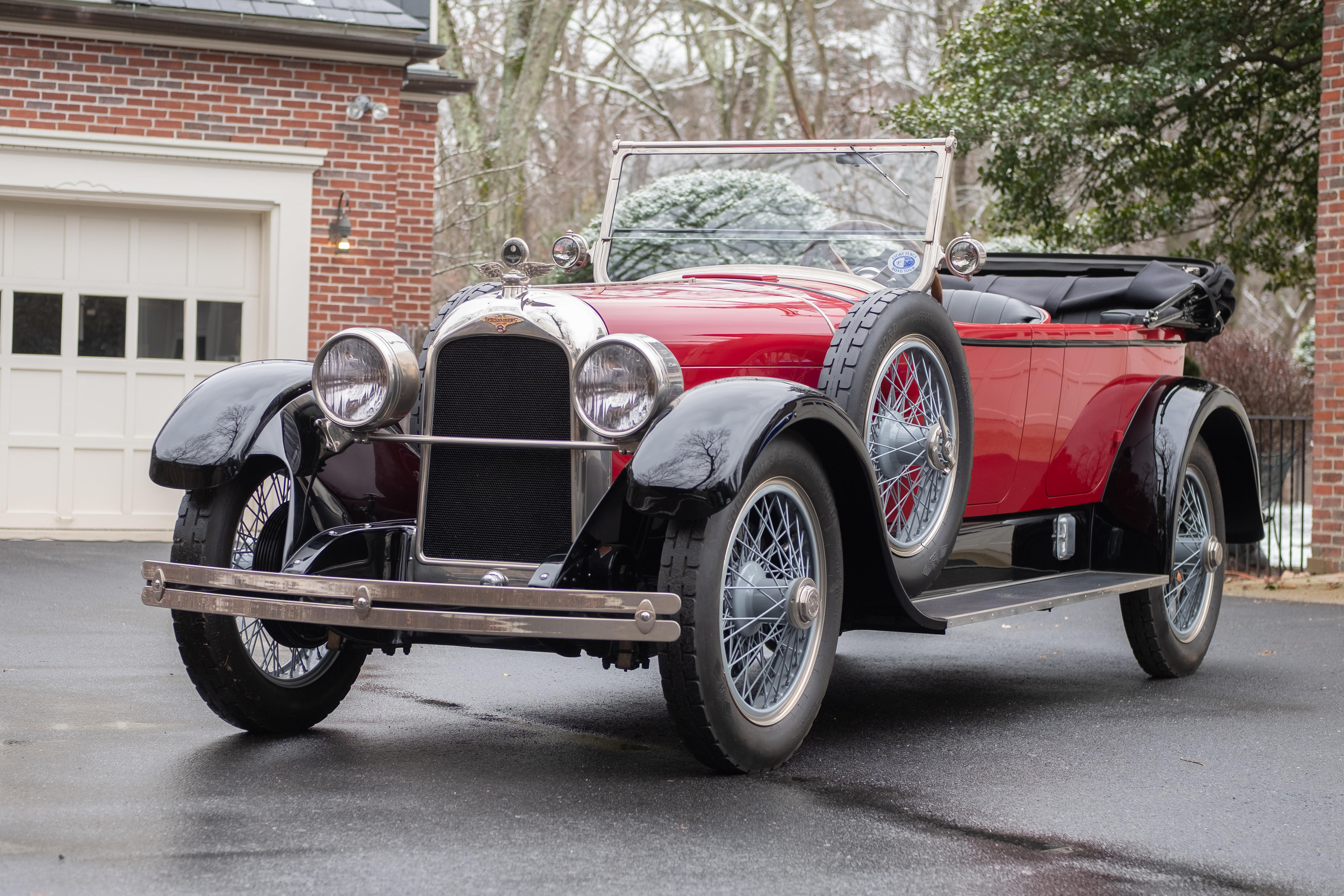
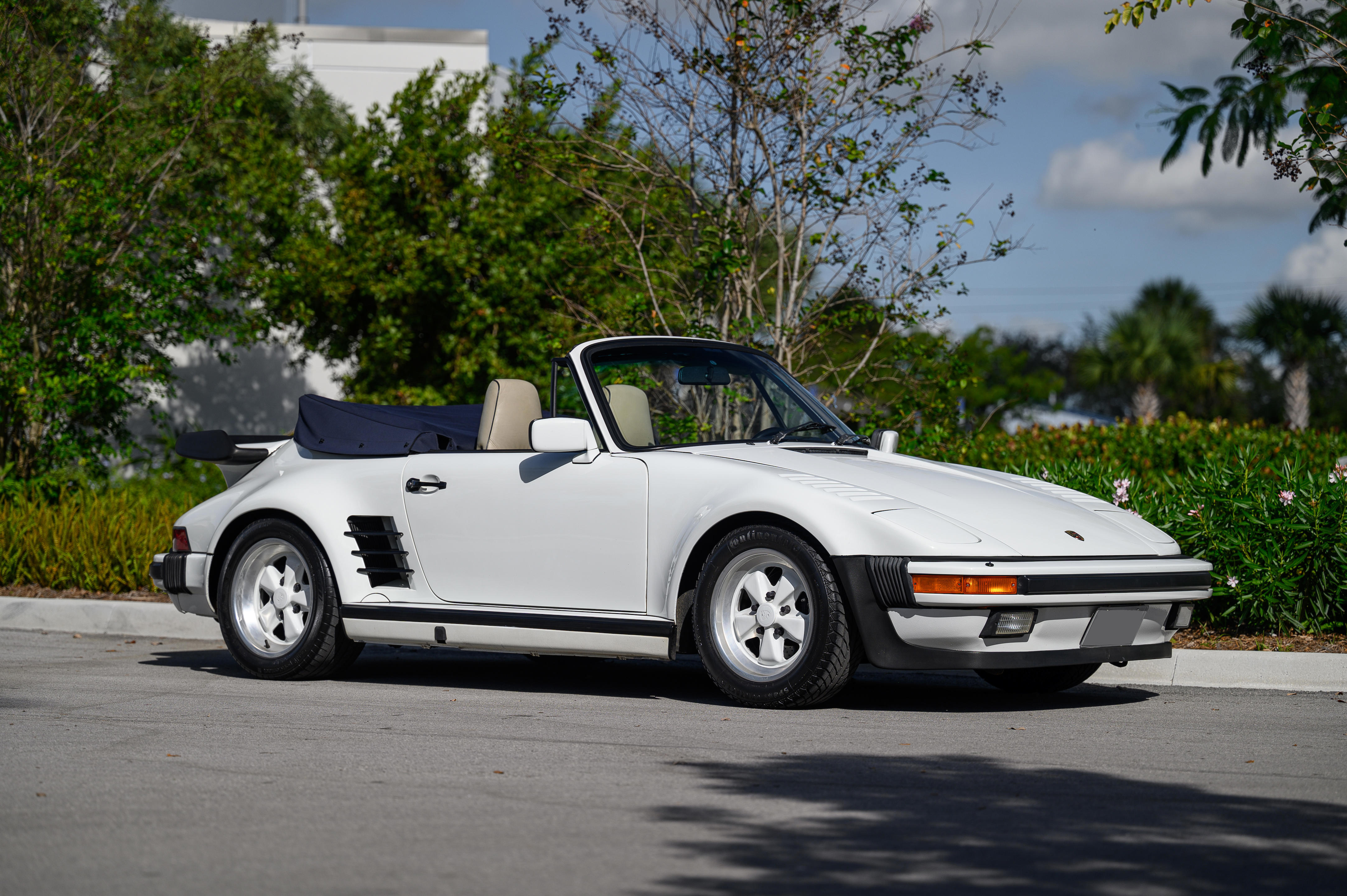
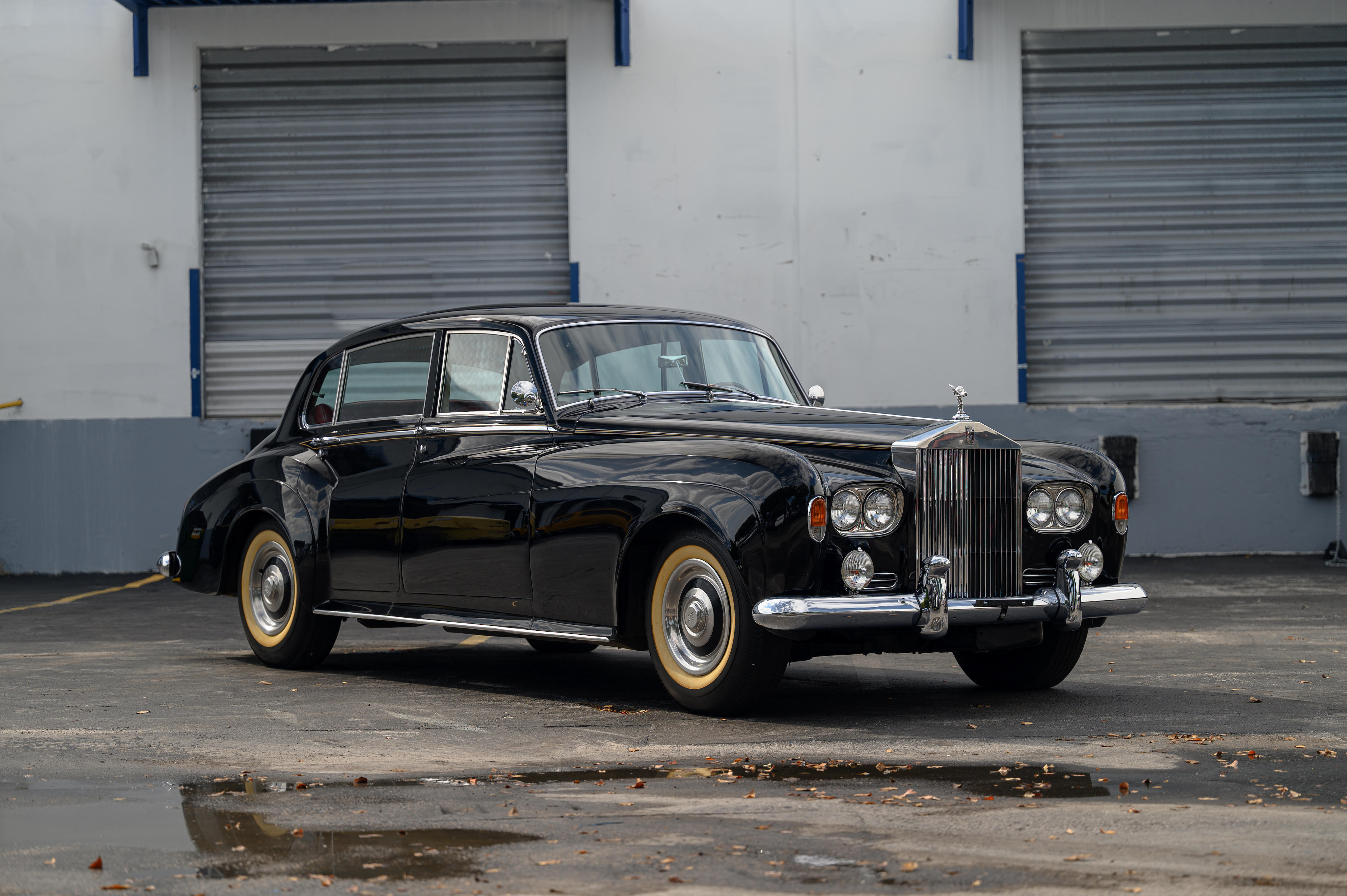
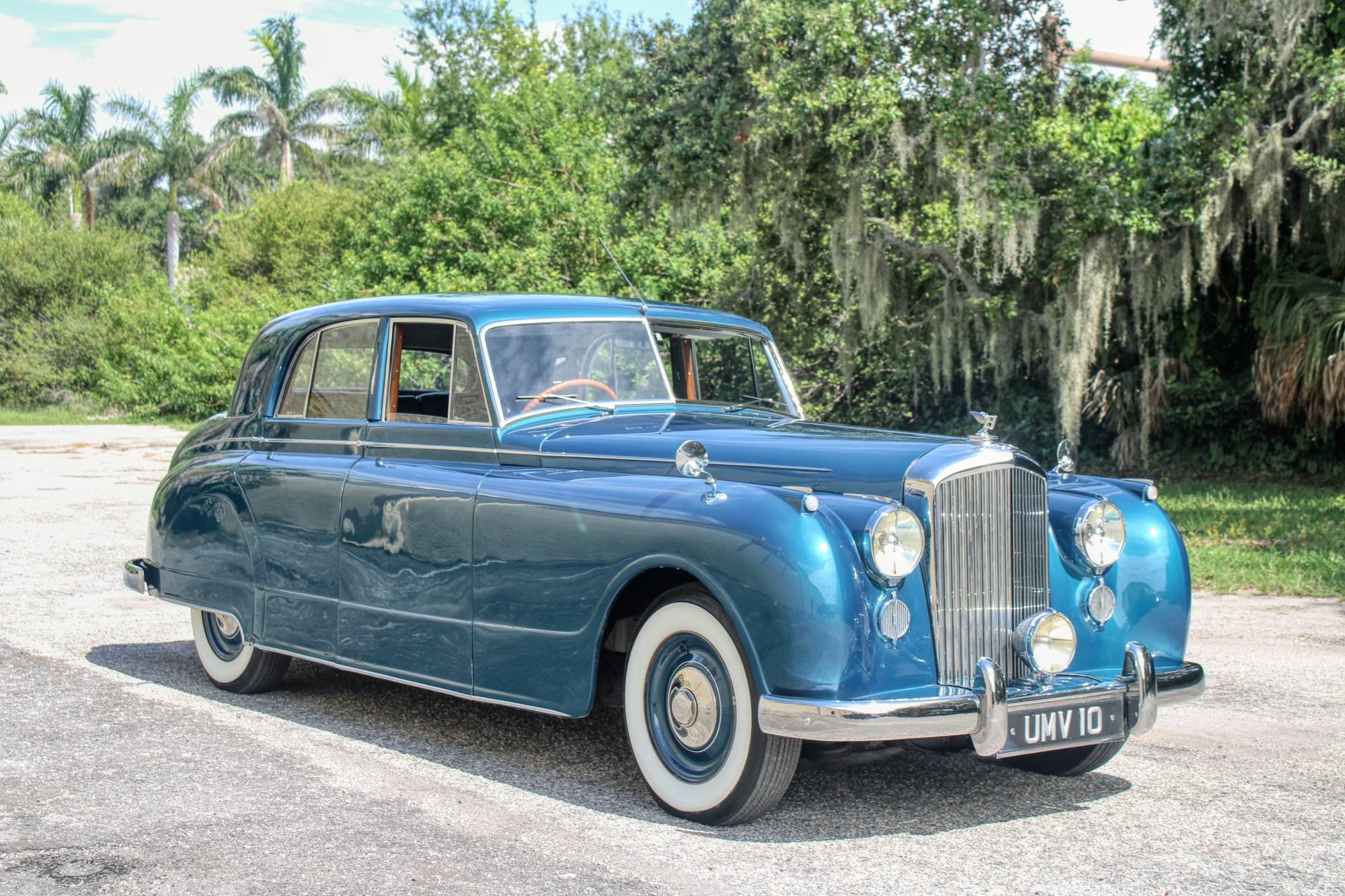
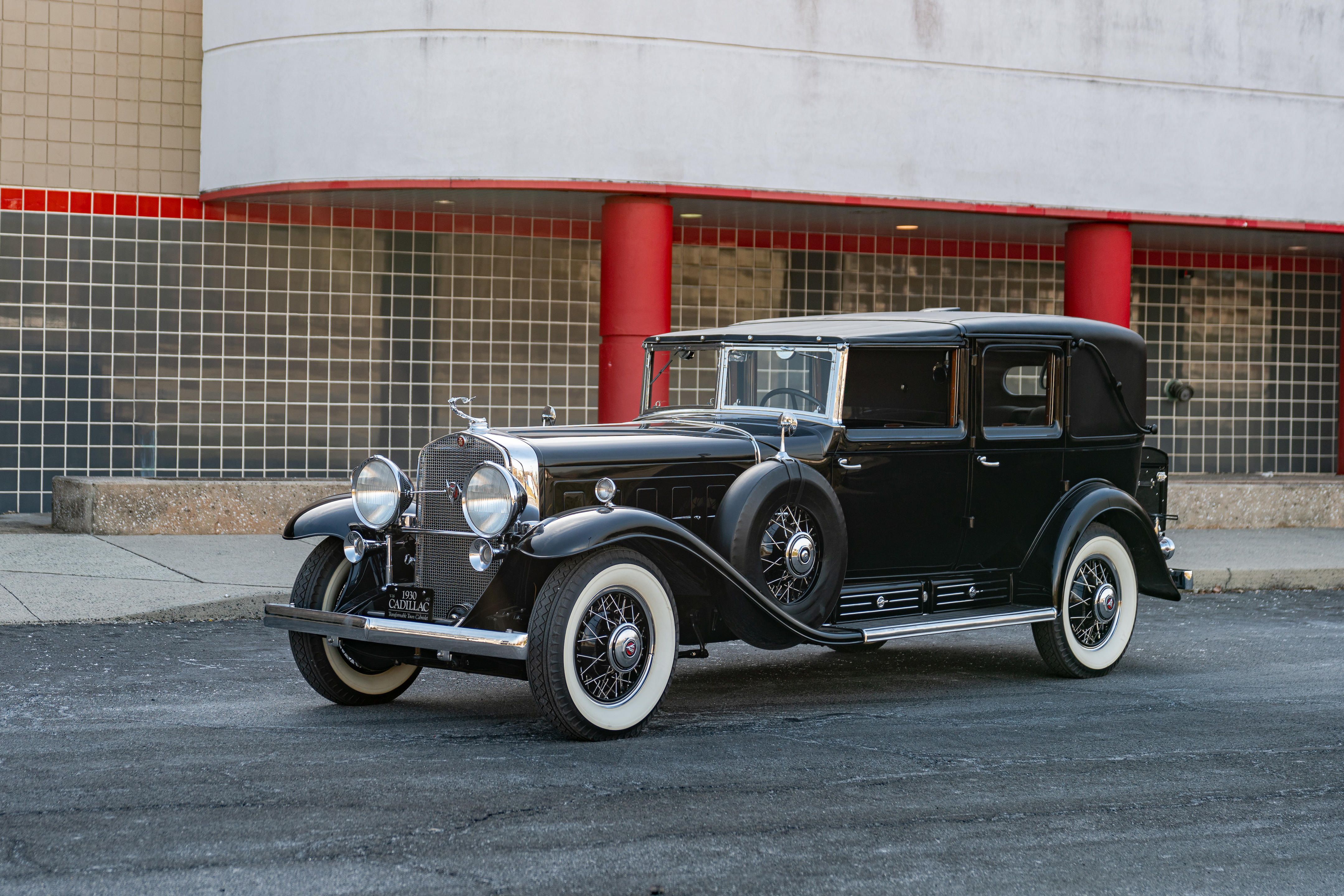
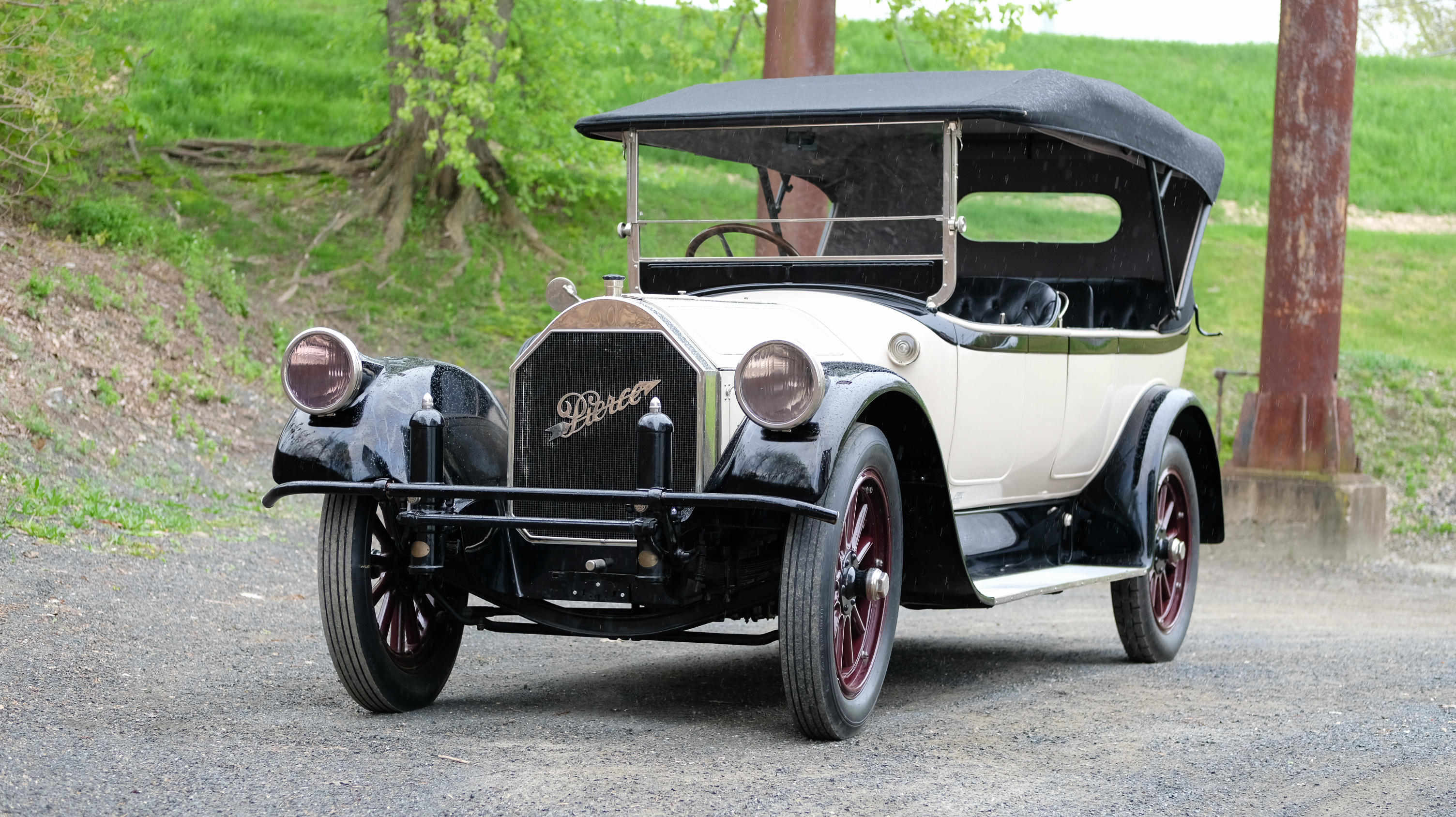
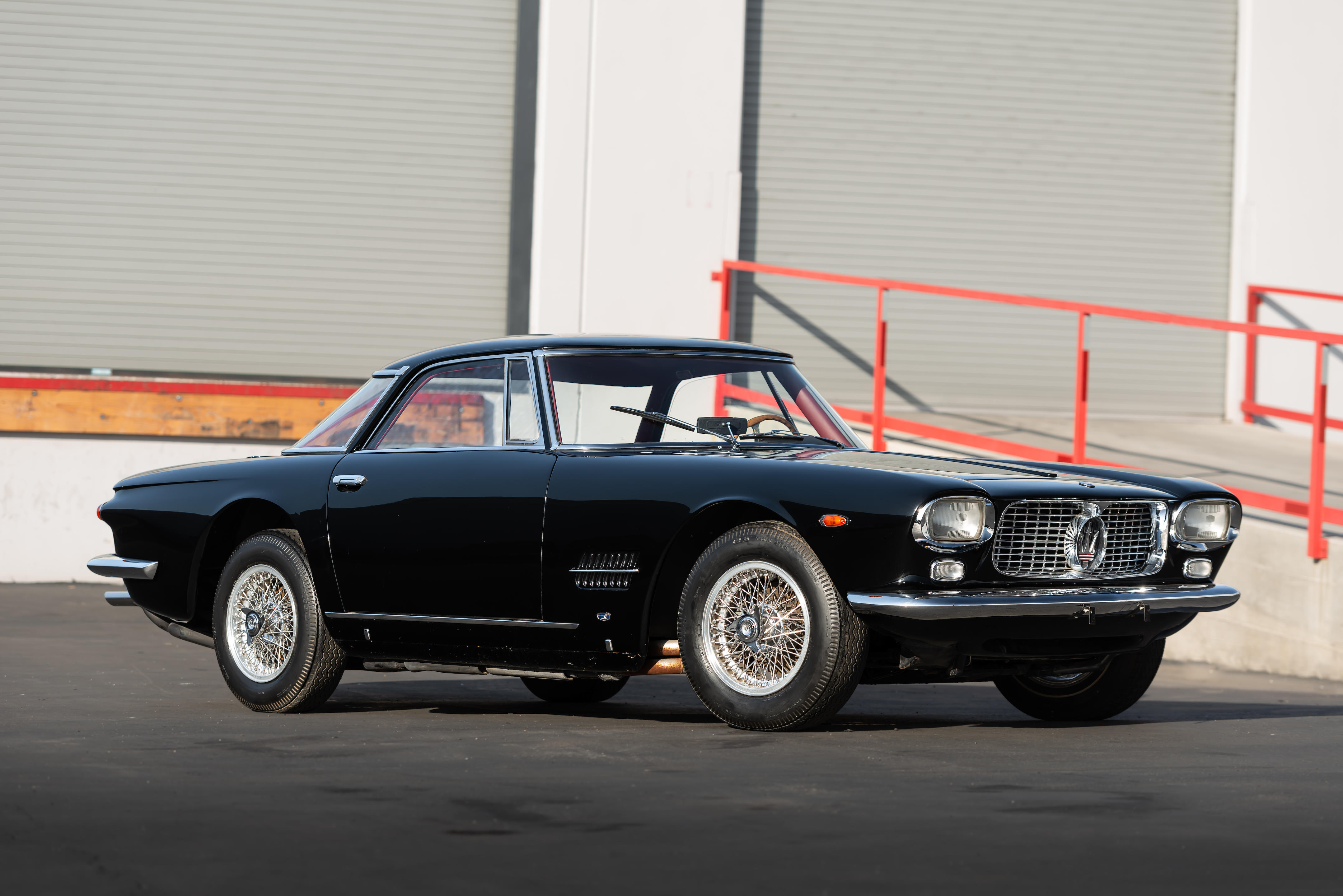
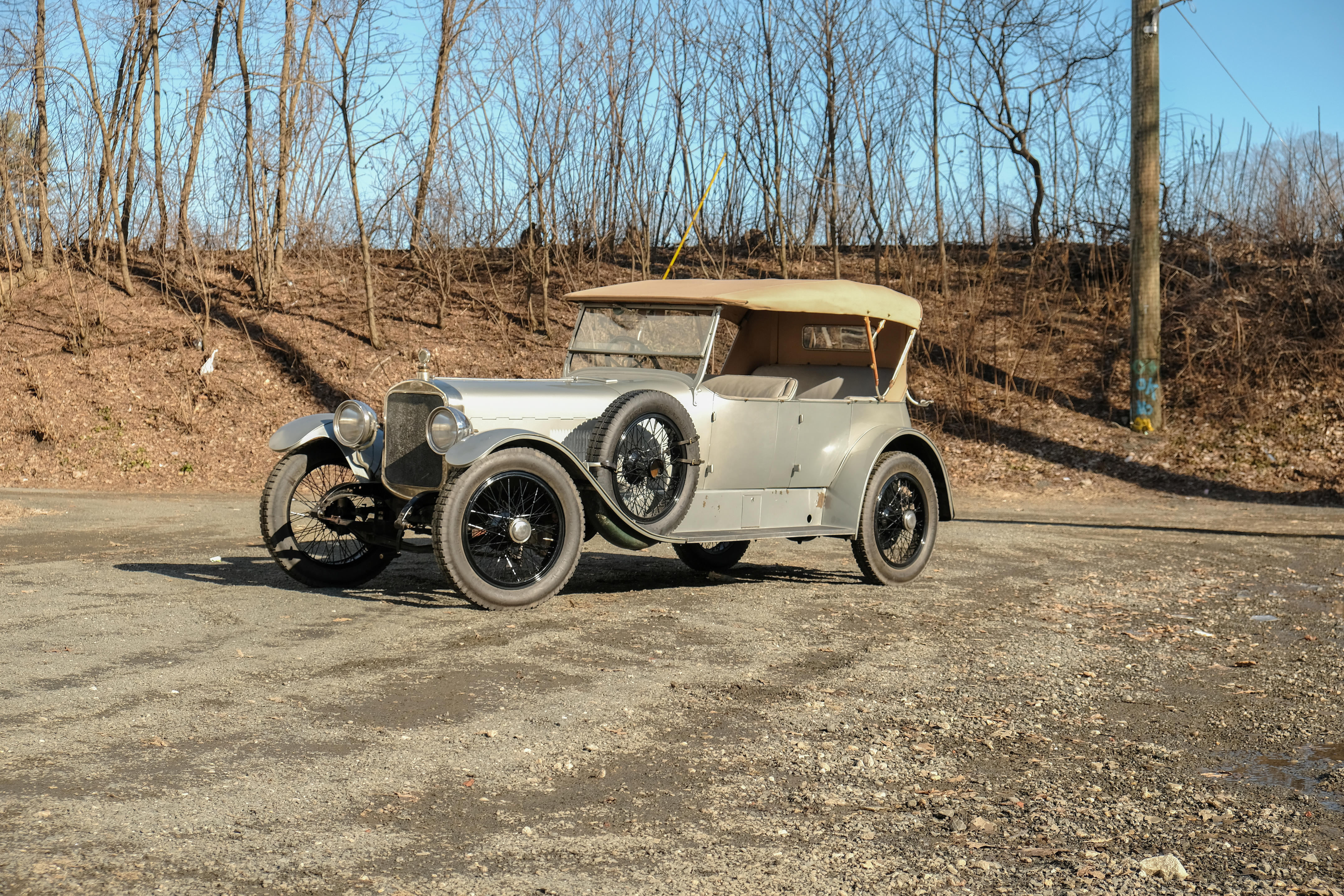
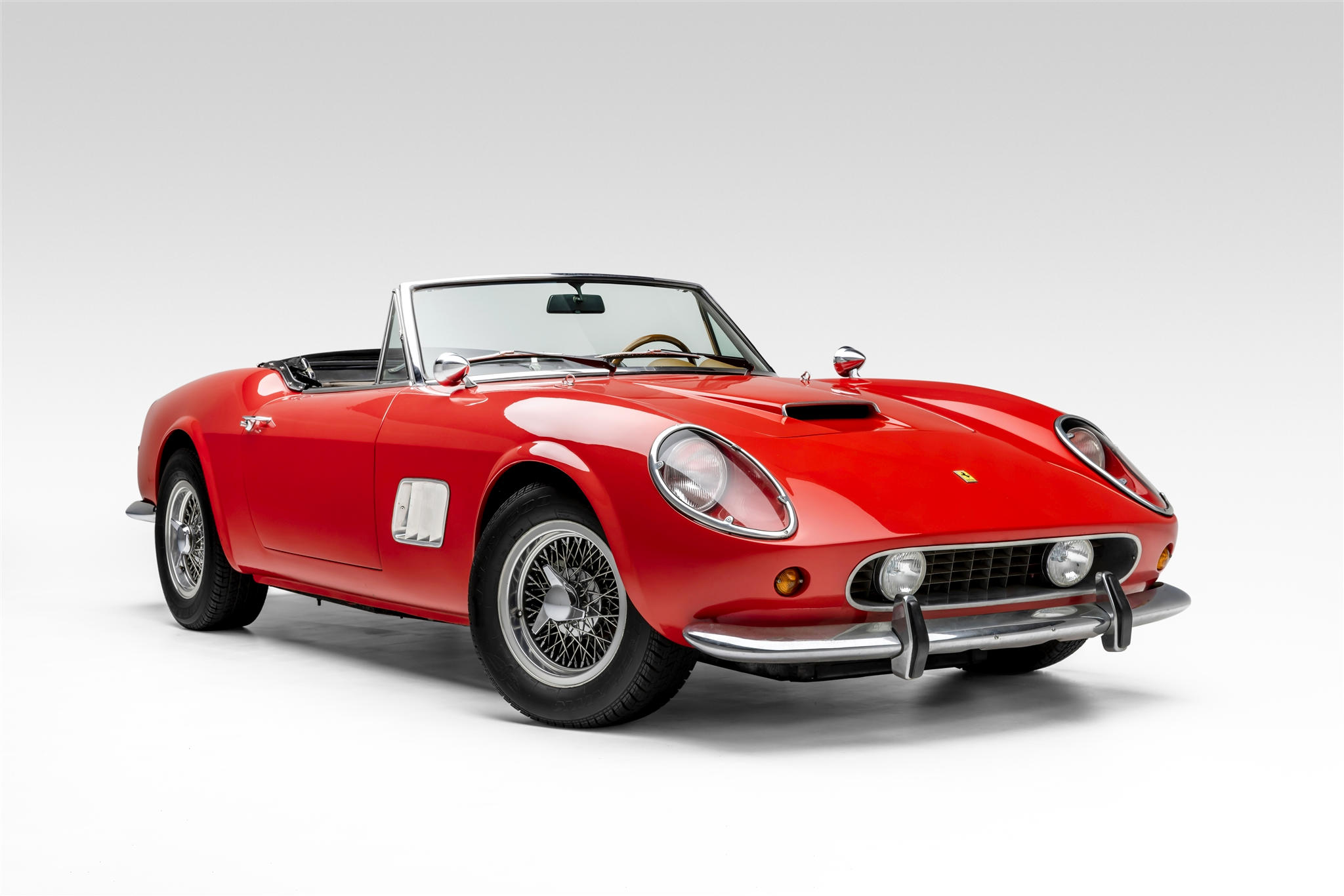
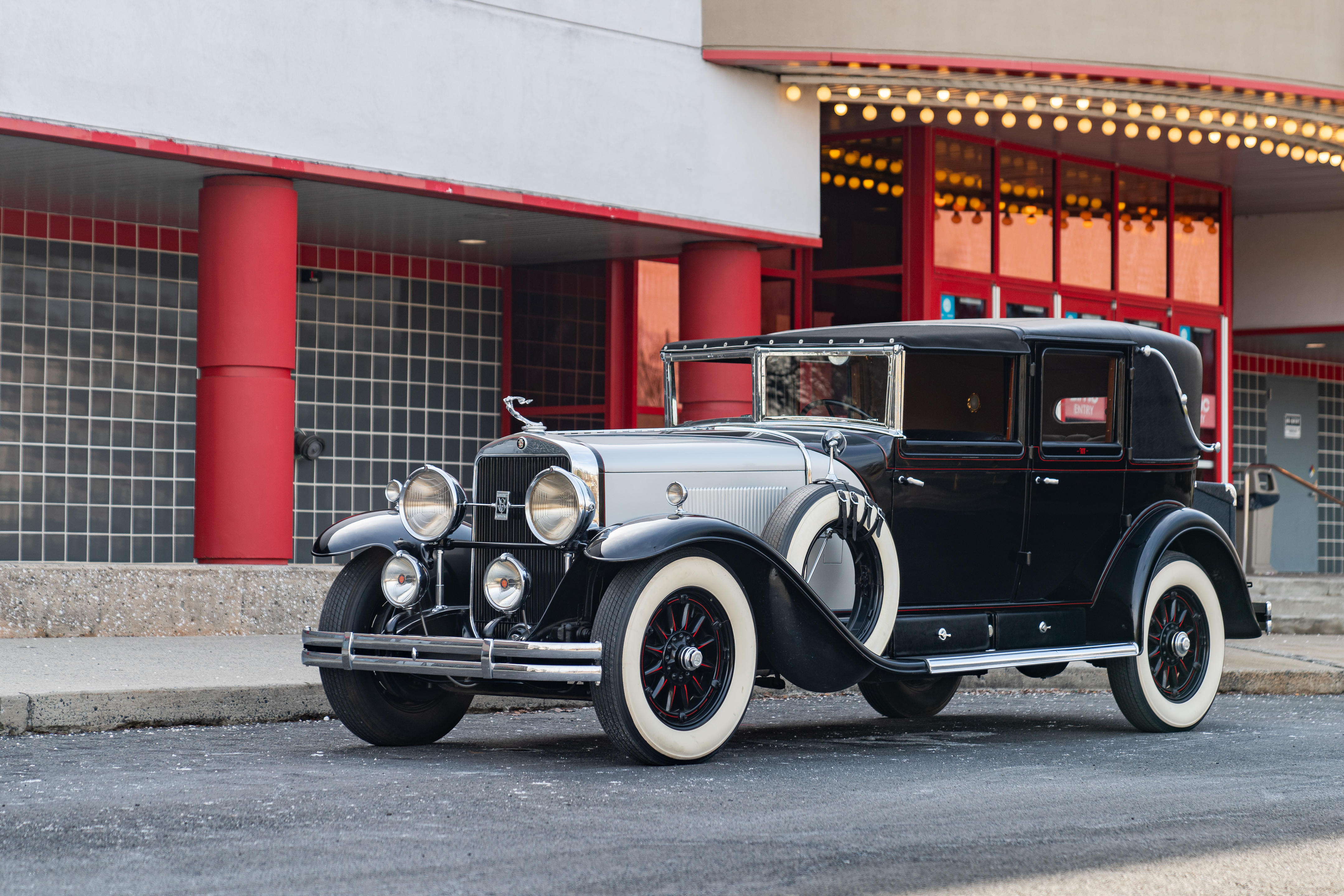
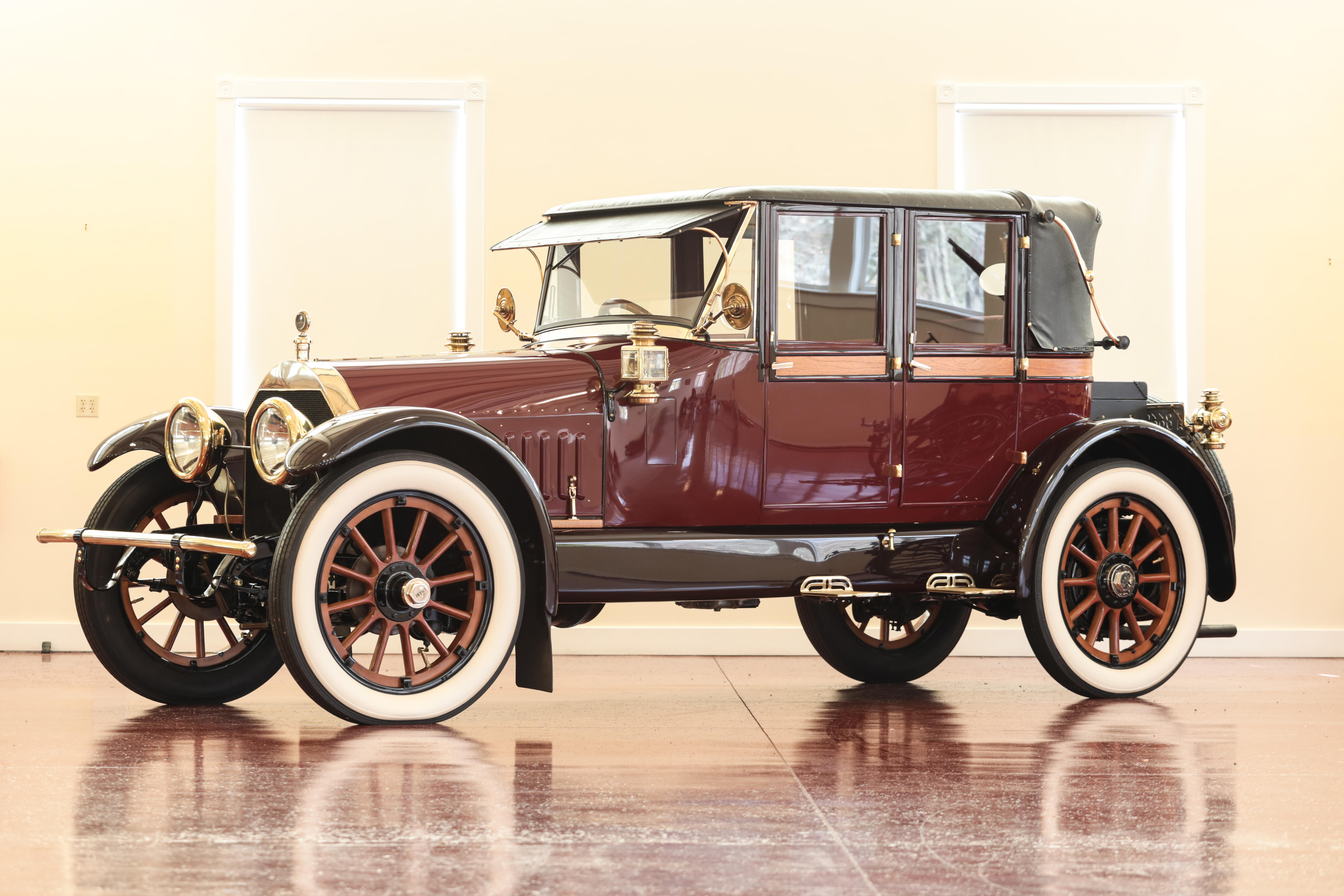
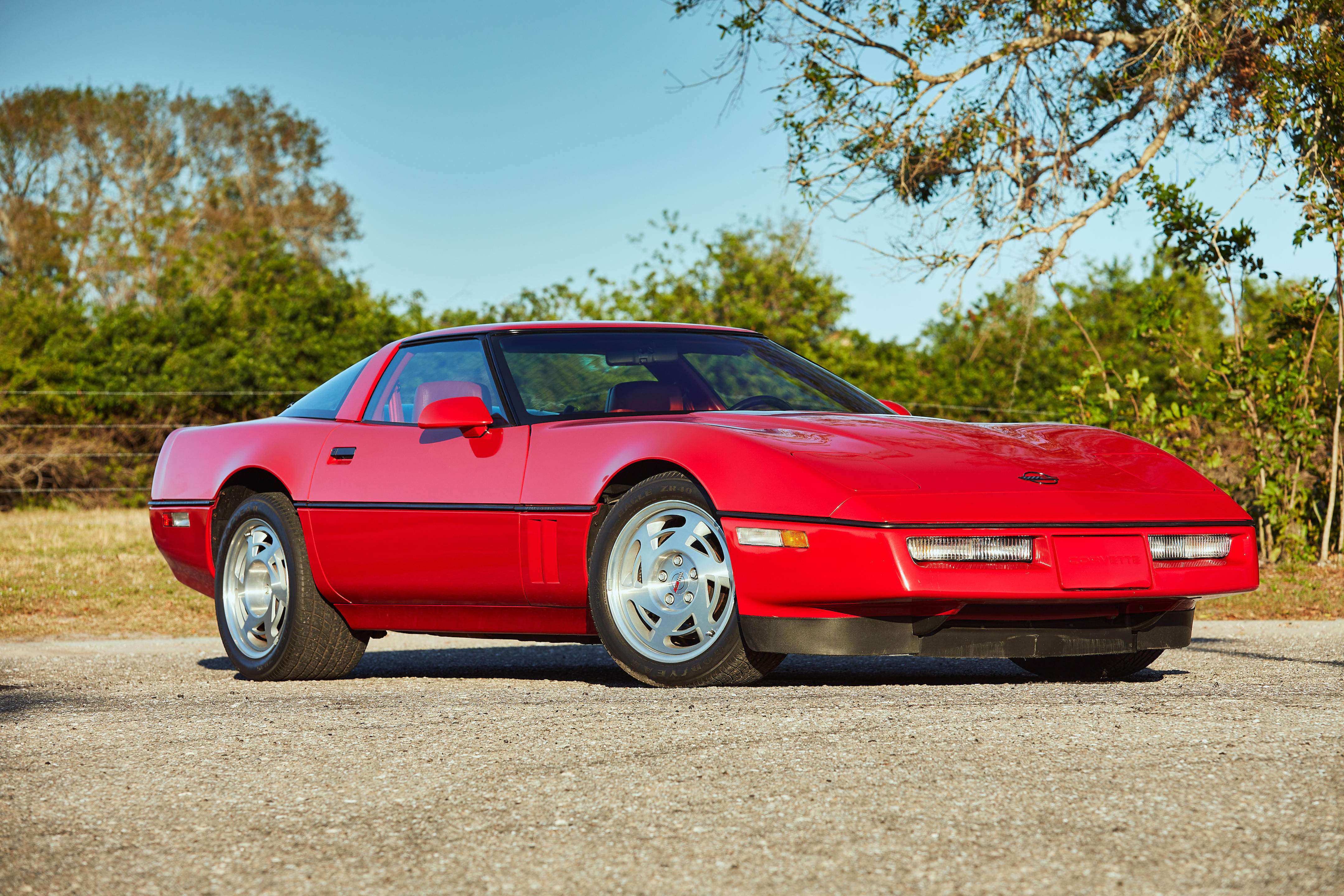
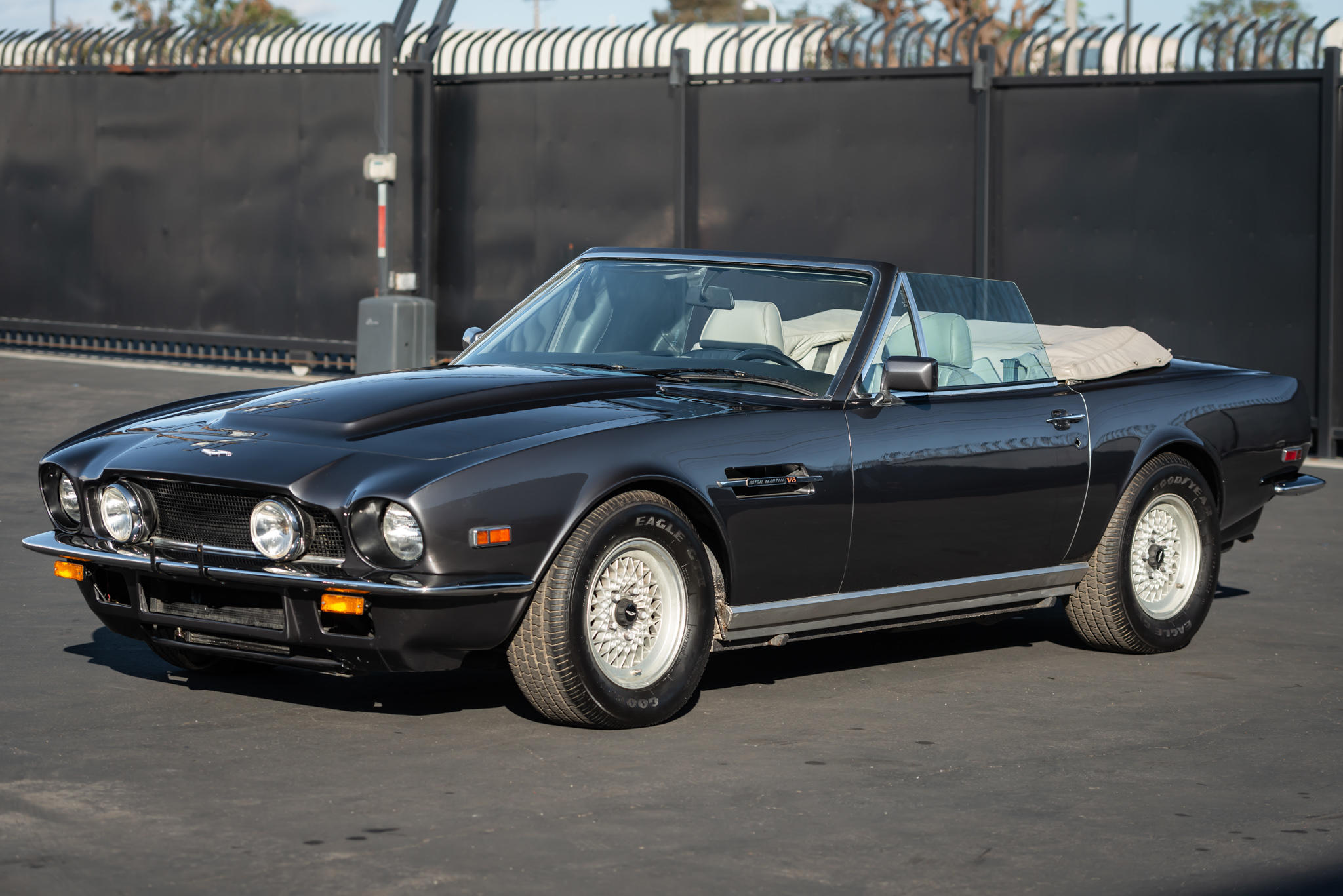
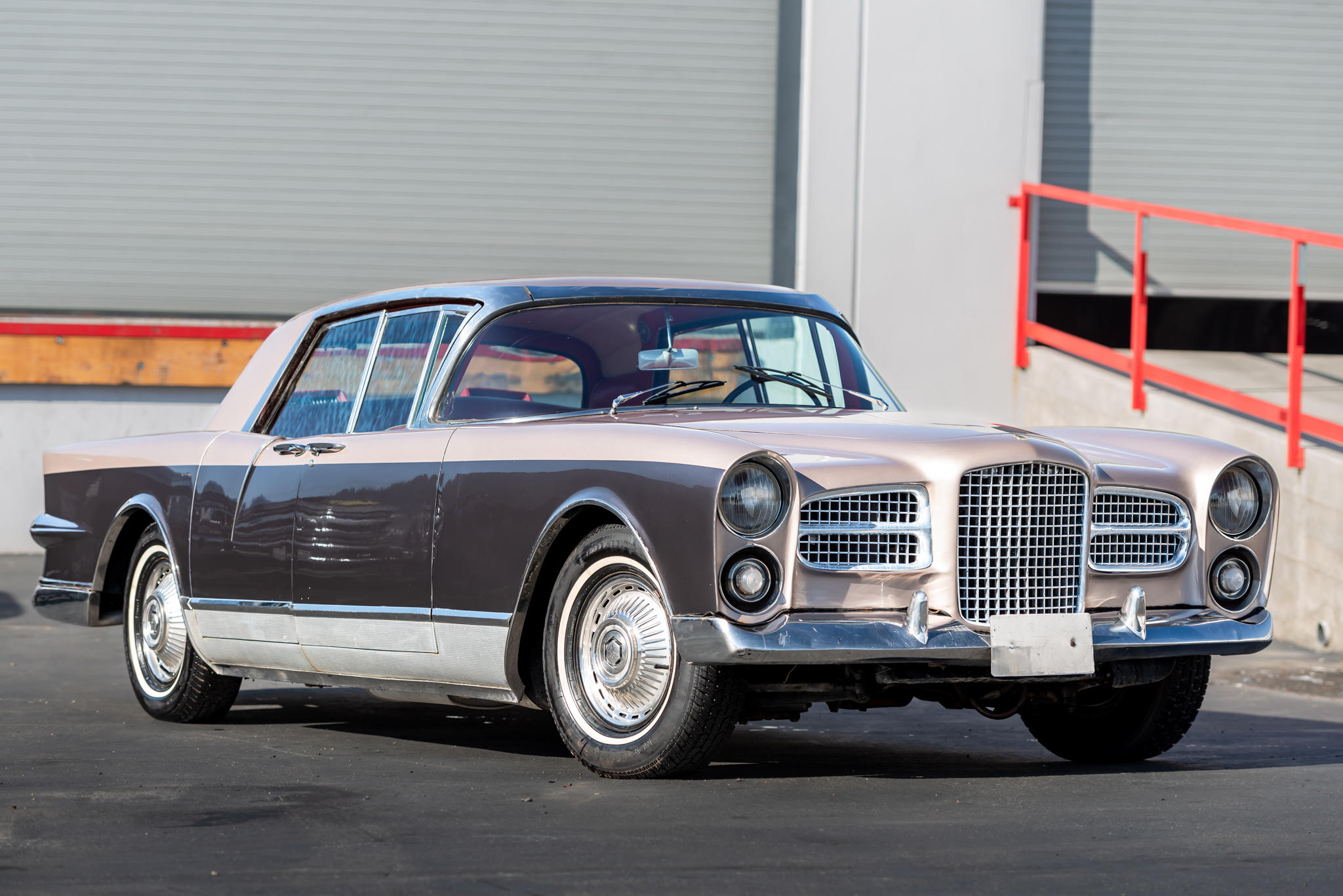
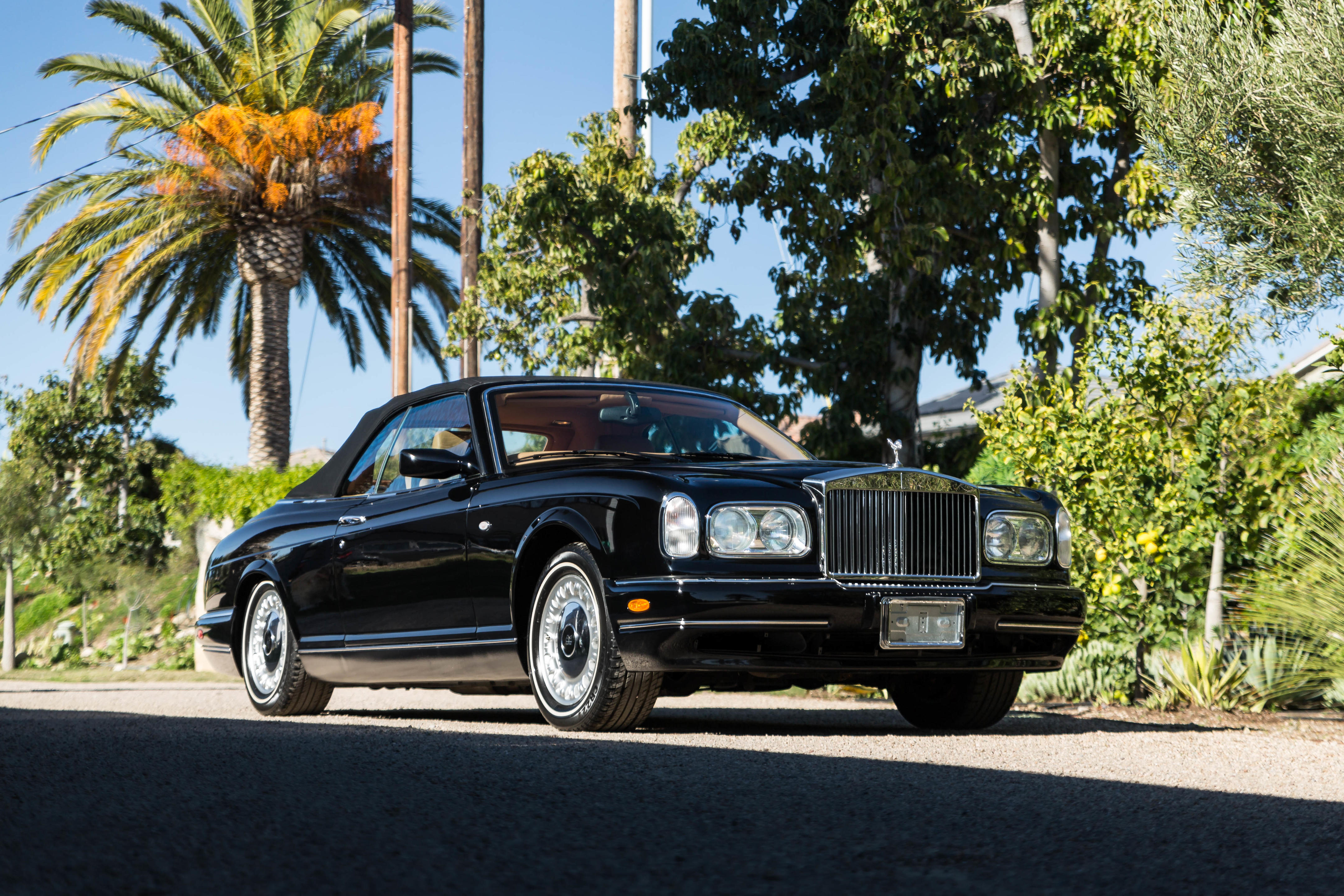
Testen Sie LotSearch und seine Premium-Features 7 Tage - ohne Kosten!
Lassen Sie sich automatisch über neue Objekte in kommenden Auktionen benachrichtigen.
Suchauftrag anlegen